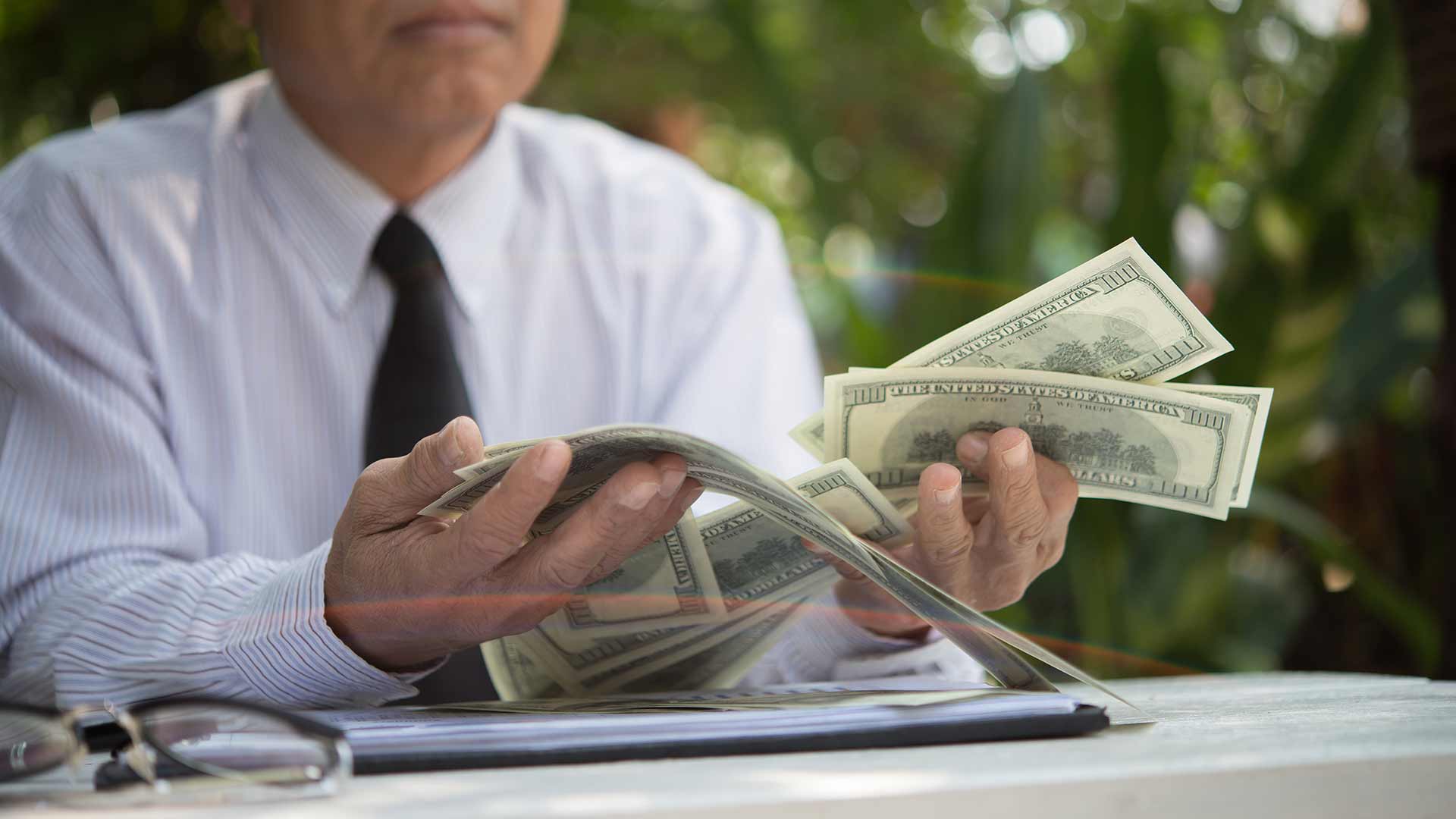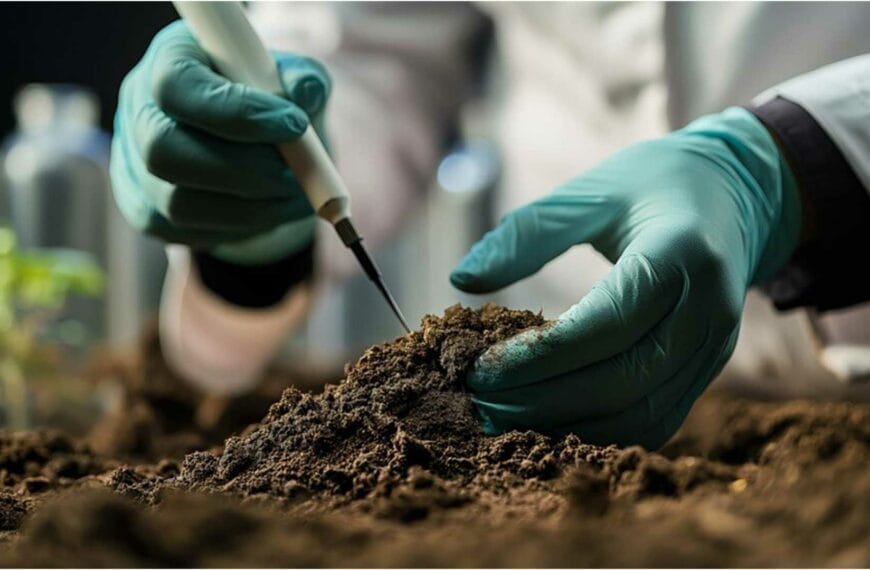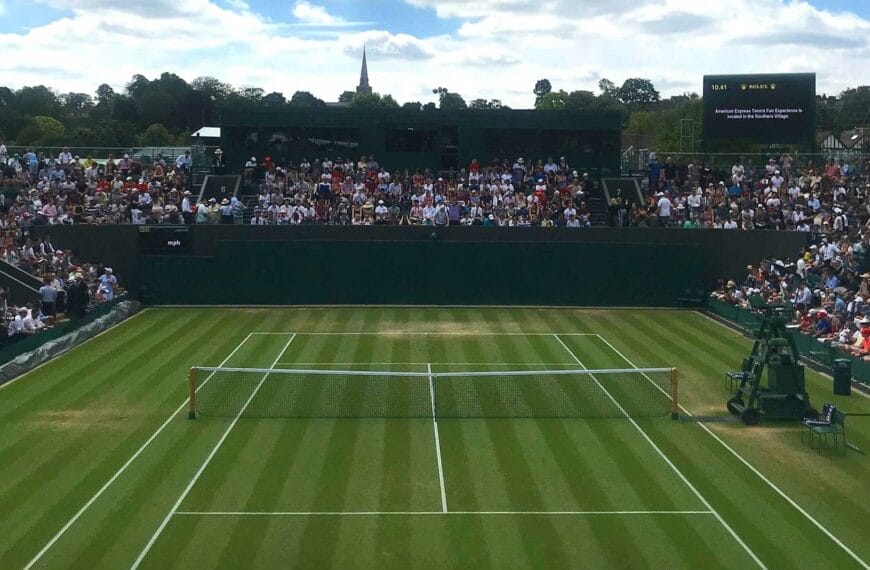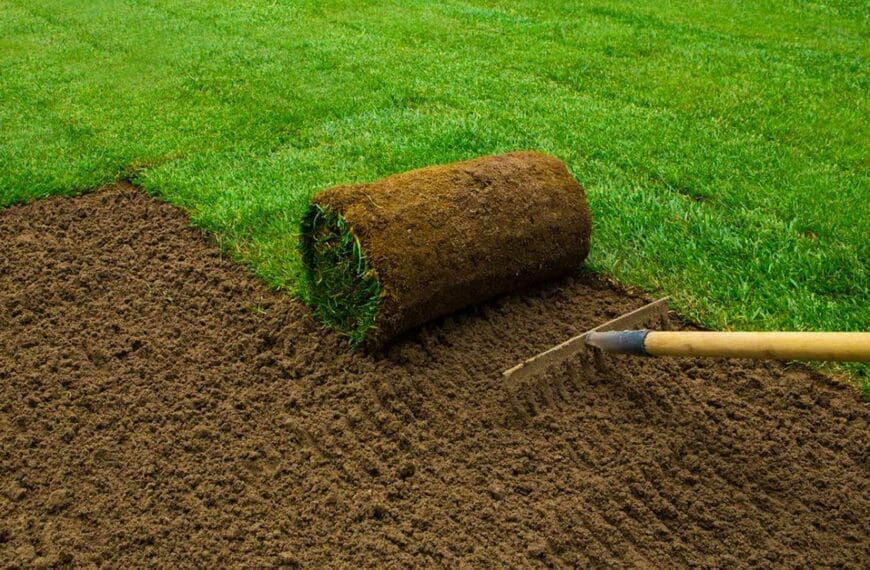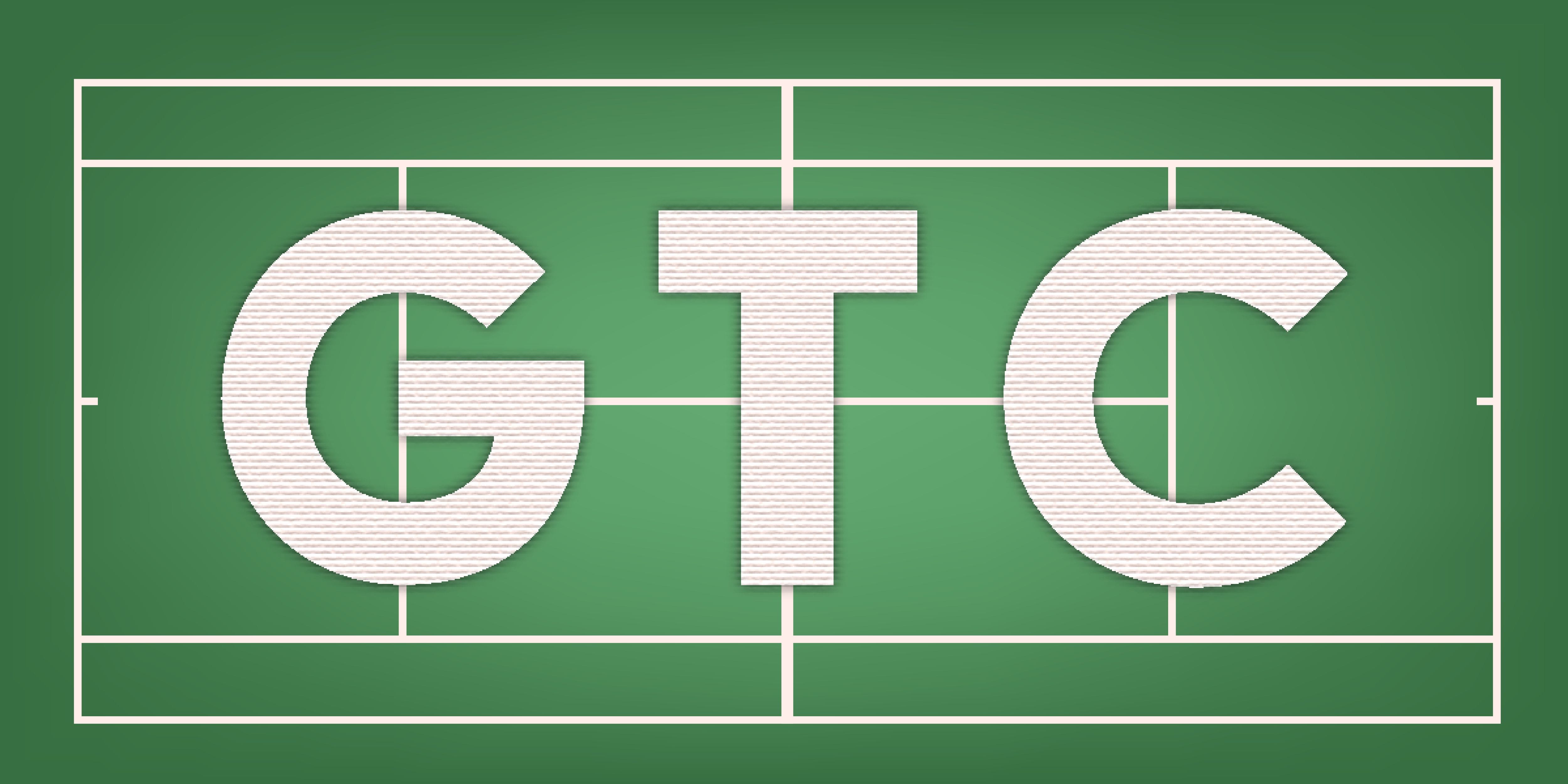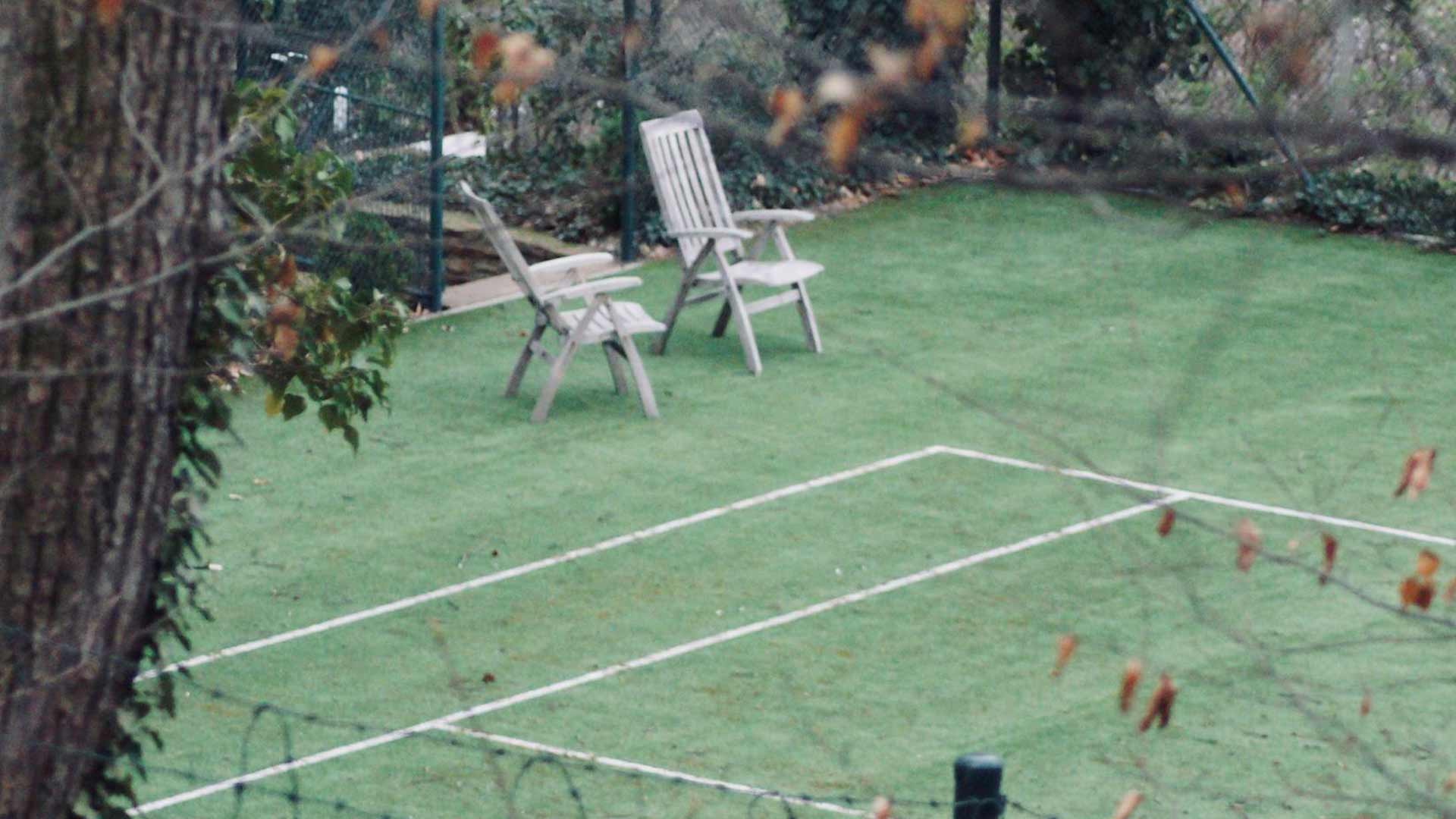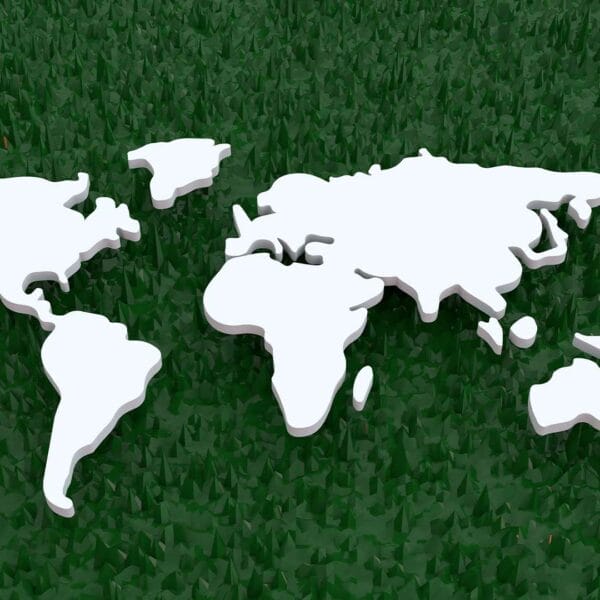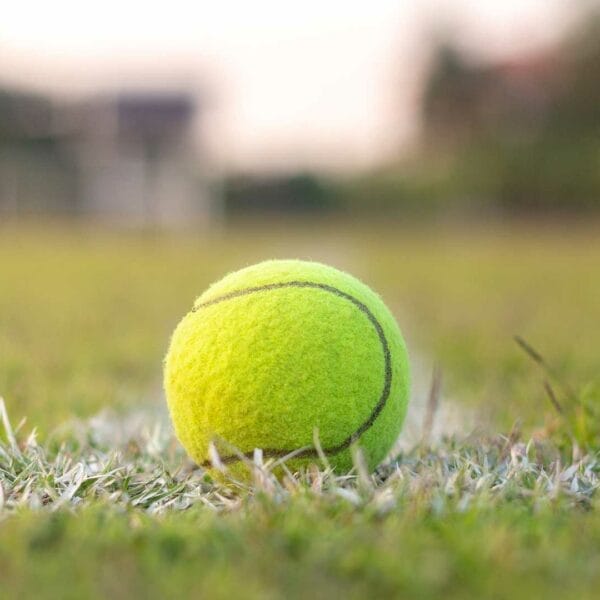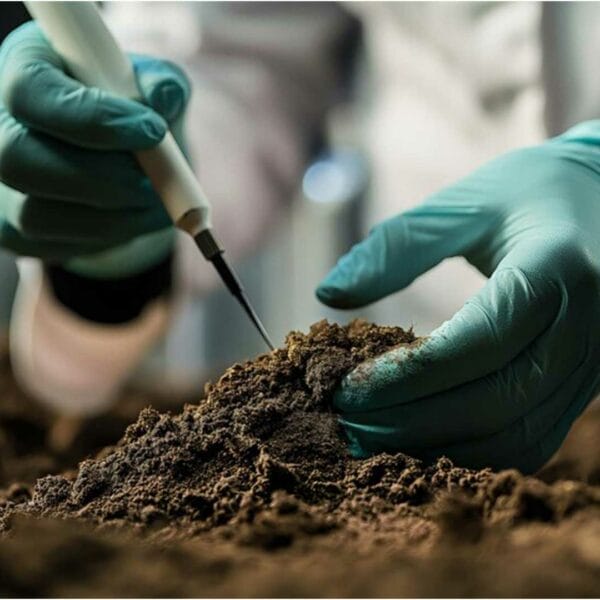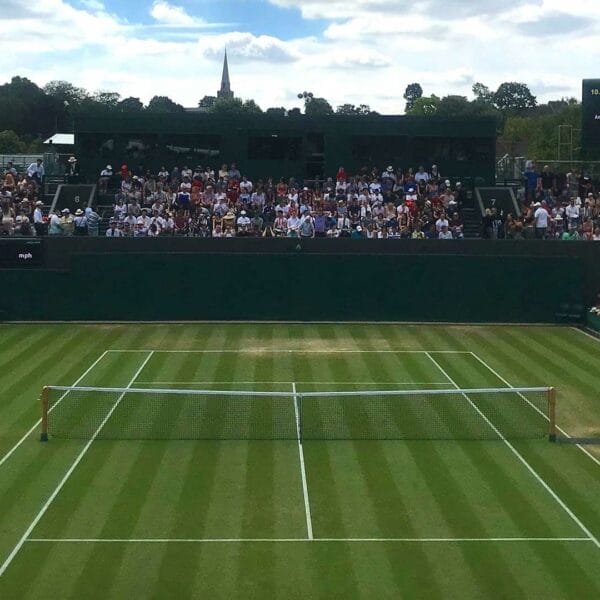The Investment in Green: Understanding the Cost of Building a Grass Court
The allure of a pristine grass tennis court is undeniable. The soft thud of the ball, the elegant slide, the rich green hue – it’s the quintessential tennis experience. However, beneath the serene surface lies a significant investment in engineering, horticulture, and craftsmanship. As expert grass court builders and consultants, we often guide clients through the financial landscape of such a project. It’s not just about the upfront build; it’s about creating a sustainable, long-term asset. Understanding the various components of the cost is crucial for anyone dreaming of their own patch of tennis paradise.
You’ve correctly noted that “The cost of building a grass tennis court varies depending on location, materials, and labor. On average, it can range from $50,000 to $150,000.”
Major cost components include site preparation, drainage installation, soil and grass materials, and fencing. Maintenance costs should also be factored into the budget. This broad range highlights the many variables at play. Let’s unpack each of these elements to provide a clearer picture of what you can expect when investing in a world-class grass tennis court, especially given regional nuances such as building in Kuala Lumpur.
Phase 1: Initial Planning and Site Preparation
(10–20% of Total Cost)
This foundational phase is critical and sets the stage for everything that follows. Skimping here can lead to costly problems down the line.
- Site Survey and Geotechnical Analysis:
Before any digging begins, a professional survey is essential. This includes topographic and geotechnical surveys to assess soil composition, bearing capacity, and drainage. Costs can range from a few hundred to several thousand dollars. - Permits and Approvals:
Building permits and environmental approvals vary by jurisdiction. In Kuala Lumpur, navigating local planning and environmental regulations is a key step. - Site Clearing and Excavation:
Removing vegetation, rocks, and debris. Excavating several feet of soil may be needed for correct levelling, especially on uneven terrain. - Rough Grading:
Establishing the correct slope for drainage is essential for long-term performance.
💡 Tip: A flat, clear site will cost far less than a sloped, wooded one requiring extensive earthworks.
Phase 2: Drainage and Base Construction (25–40% of Total Cost)
This stage determines the structural integrity and long-term playability of your court.
- Drainage Installation:
A high-quality sub-surface drainage system is essential, especially in high-rainfall regions like Kuala Lumpur. - Gravel/Crushed Stone Layer:
A 10–20 cm layer of clean, compacted gravel provides rapid drainage and structure. - Sand and Clay Rootzone Mix:
The soil base beneath the grass—typically 15–30 cm deep—is a precise blend of sands and clays, carefully layered and compacted.
The sheer volume of material and precision required in drainage and grading often makes this phase the single largest cost component.
Phase 3: Grassing and Initial Establishment
(15–25% of Total Cost)
The court begins to take shape in this phase, but it requires patience and expertise.
- Grass Seed or Turf:
- Seeding: Lower upfront cost, 6–12 months to play.
- Turfing (Sodding): Faster results but higher cost.
See more on court construction timelines.
- Initial Irrigation System:
Essential for turf establishment and long-term maintenance. - Fertilisation and Pest Management:
Supports healthy growth and protects during establishment.
Phase 4: Ancillary Features and Finishing
(10–20% of Total Cost)
These elements make the court playable, safe, and beautiful.
- Fencing: Durable court fencing.
- Net Posts and Net: Professional-grade net systems.
- Court Edges: Sturdy court edging materials such as timber or brick.
- Access Paths & Landscaping: Seamless integration with surroundings.
- Line Marking: Precision marking for play.
Long-Term Considerations: Annual Maintenance
A grass court is a living system — it requires consistent, expert upkeep.
- Mowing: Regular and precise cutting.
- Irrigation: Maintenance of pumps and sprinklers.
- Fertilisation and Pest Control: Ongoing treatments.
- Top-Dressing: To maintain evenness and drainage.
- Aeration & Dethatching: Ensures soil health.
- Line Marking: Regular renewal.
- Repairs: Divots, wear, or fungal issues.
- Labour: Skilled maintenance services.
“Building a grass court is an investment in a legacy. The upfront cost establishes the foundation, but consistent, expert maintenance preserves its brilliance for generations.”
Factors Influencing the $50,000–$150,000 Range
- Location: Land, labour, transport, and regulation.
- Site Accessibility: Machinery access challenges.
- Site Conditions: Complex topography or soil.
- Material Quality: Standard vs. premium-grade.
- Level of Finish: Basic vs. championship-level precision.
- Contractor Experience: Proven specialists deliver reliability.
- Climate: Tropical regions need extra drainage and disease control.
Strategic Investment, Not Just an Expense
A well-constructed, well-maintained grass court enhances property value and prestige — a long-term asset and legacy, not a mere cost.
Conclusion
Building a grass court is both a financial and time commitment. The $50,000–$150,000 range is a starting point — but get detailed, site-specific quotes.
Remember to budget for both construction and continuous maintenance to preserve playability and beauty.
At GrassTennisClub.com, we help clients understand every layer of this investment, ensuring a world-class court for generations to enjoy.
Further Reading & Resources
- How Wimbledon’s Grass Courts Are Made (Video)
Behind-the-scenes look at Wimbledon’s construction process.
Disclaimer: All cost estimates are illustrative and may vary by region, material availability, and contractor. Always seek multiple professional quotes for accurate projections.

